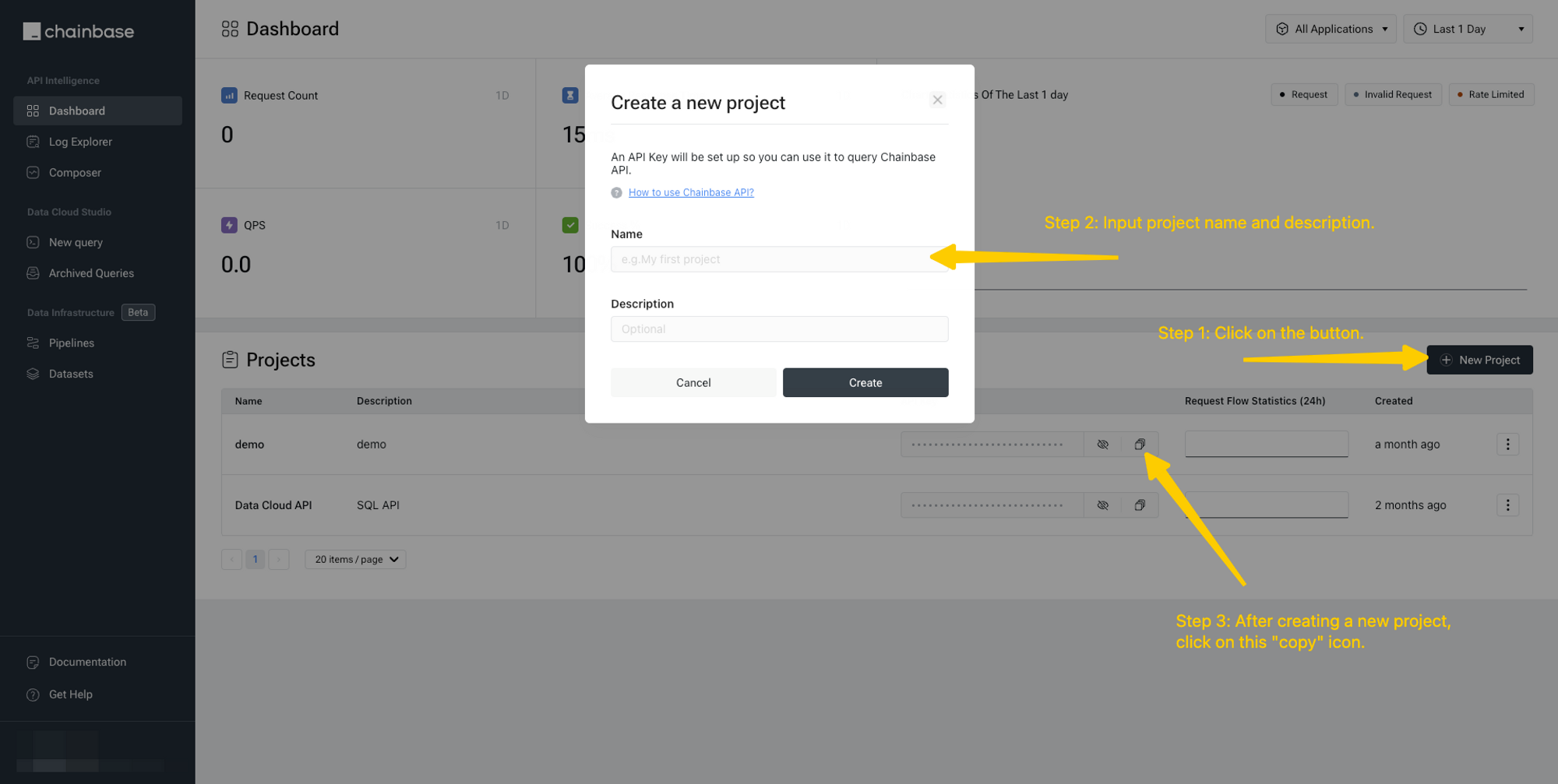{
"balance": "0x2386f26fc10000",
"contract_address": "0x954b7997b8bfa9b3d642c477549e284551012f05",
"decimals": 9,
"name": "Eterium",
"symbol": "ETE"
},
{
"balance": "0x97e328b058fe88019f7b",
"contract_address": "0xff58ece2d4584139e3f136e18cae27deda947d3b",
"decimals": 18,
"name": "Uniswap V2",
"symbol": "UNI-V2"
},
{
"balance": "0x186a0",
"contract_address": "0xa6de609807c7258a0d34f5307c1808f062a59794",
"decimals": 0,
"name": "$ USDCDrop.com",
"symbol": "$ USDCDrop.com <- Visit to claim"
},
{
"balance": "0x36f4bc072a511af5",
"contract_address": "0x92d6c1e31e14520e676a687f0a93788b716beff5",
"decimals": 18,
"name": "dYdX",
"symbol": "DYDX"
},
{
"balance": "0x4700c3e20f38dcc",
"contract_address": "0xa0a85f43c5e286187266833a5e986cb8a1a8b9f9",
"decimals": 9,
"name": "Apollo 11",
"symbol": "APOLLO"
}
